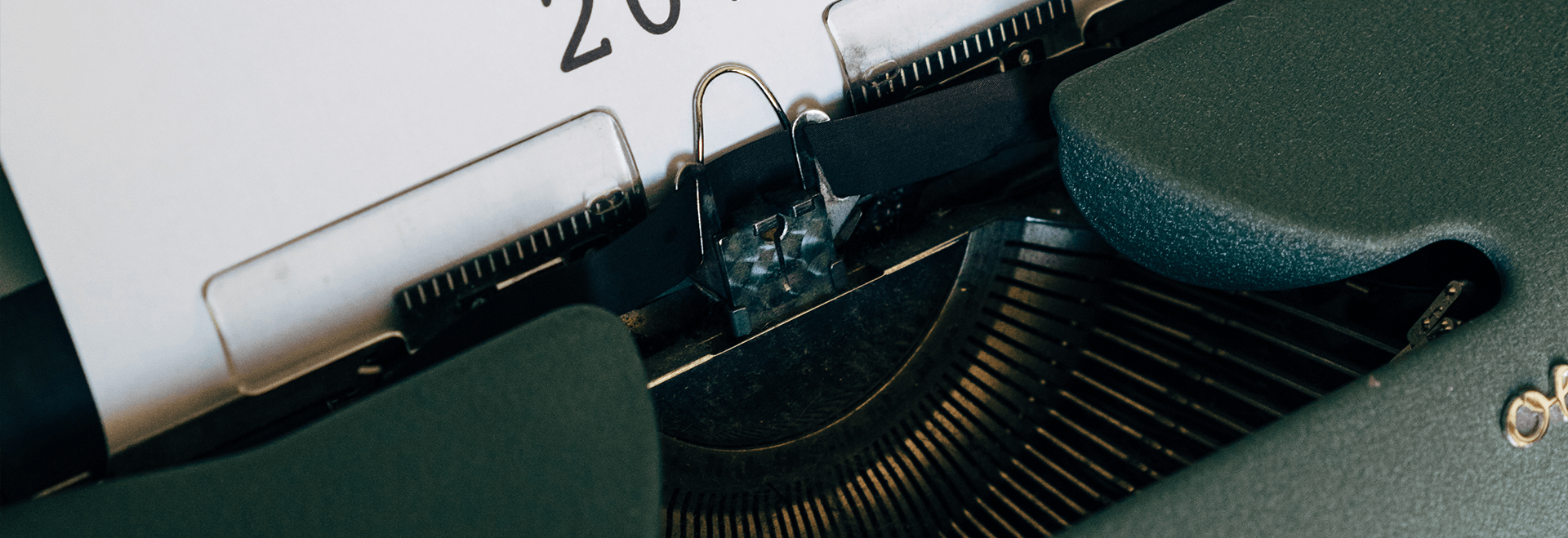Oxygen utilization rate cyclone aerator:
Cyclone aeration technology was introduced from Japan. At present, swirl products are imported with original packaging, and some products are researched and developed in China after purchasing from Japan. They are mostly imitations with varying quality.
The oxygen utilization efficiency of different brands of cyclone aerators varies greatly. Compared with the oxygen utilization rates of 18% and 22%, there seems to be only a difference of 4%, while the actual difference in air demand is close to 20%, which means that the energy consumption difference is close to 20% (the correct calculation formula should be 18/2=80%). When the air volume of the fan is at a critical value, this difference will directly affect whether the dissolved oxygen meets the standard. When purchasing a cyclone aerator, the manufacturer can provide a test report from the water supply and drainage equipment testing center to demonstrate the oxygen utilization rate of the product.
The oxygen utilization rate of a dual nozzle cyclone aerator is usually about 15% higher than that of a single nozzle. The oxygen utilization efficiency of single nozzle swirl aerators varies greatly, mainly due to the significant differences in the number of cutting times and residence time of bubbles in the water. The main reason is whether the nozzle is used for variable diameter and whether the cutting head strictly discharges according to fluid mechanics, resulting in different oxygen utilization rates of single nozzle swirl aerators.
Cyclone aerator material:
The commonly used materials for cyclone aerators are ABS, PA66, and polymer composite materials. In terms of performance, PA66 is superior to ABS, and pure PA66 is superior to PA66+glass fiber. Some manufacturers will add glass fibers to PA66 for injection molding. Although the hardness increases, it increases the surface friction coefficient and is prone to scaling. Polymer materials have a certain threshold and high raw material prices, but other materials have unparalleled characteristics such as self-lubricating, anti scaling, wear-resistant, impact resistant, acid washable, and not easily absorbing water.
Precautions for selecting high concentration wastewater and calcium containing wastewater to enhance the cyclone aerator:
High concentration wastewater and calcium containing wastewater, when using a single nozzle cyclone aerator, may also experience scaling and blockage over a long period of time, mainly due to the cross structure and materials of the single nozzle cylinder, which are prone to scaling. This type of wastewater is suitable for dual nozzle cyclone aerators made of polymer materials. Firstly, polymer materials have self-lubricating properties and anti scaling properties; Secondly, dual nozzles can enhance the vortex aerator without transverse obstacles, making it less prone to blockage due to its large diameter. Thirdly, the dual nozzle rotating cone forms a Venturi effect, which has a stronger suction force on the sludge roll and can prevent sludge deposition.
Precautions for installing a vortex aerator that can be improved:
Improper installation method can seriously affect the service life of rotation. For the side intake upgradable cyclone aerator, two straight rods must be fixed between the body and the vertical pipe to ensure that the intake pipe is not subjected to separate forces. Choosing an intake pipe is a one-time formation and thickening of the upgradable cyclone aerator to prevent long-term high-frequency vibration caused by screw loosening or intake pipe rupture. The cyclone aerator and pipeline that can be improved are usually welded in advance outside the pool. During manual handling or lifting with a crane, please be careful not to let the end that can lift the cyclone aerator come into contact with force. In deep water pools, vertical pipelines must be thick walled to prevent excessive interference. At the connection between vertical pipe and horizontal pipe, slant support can be added to prevent fracture.










